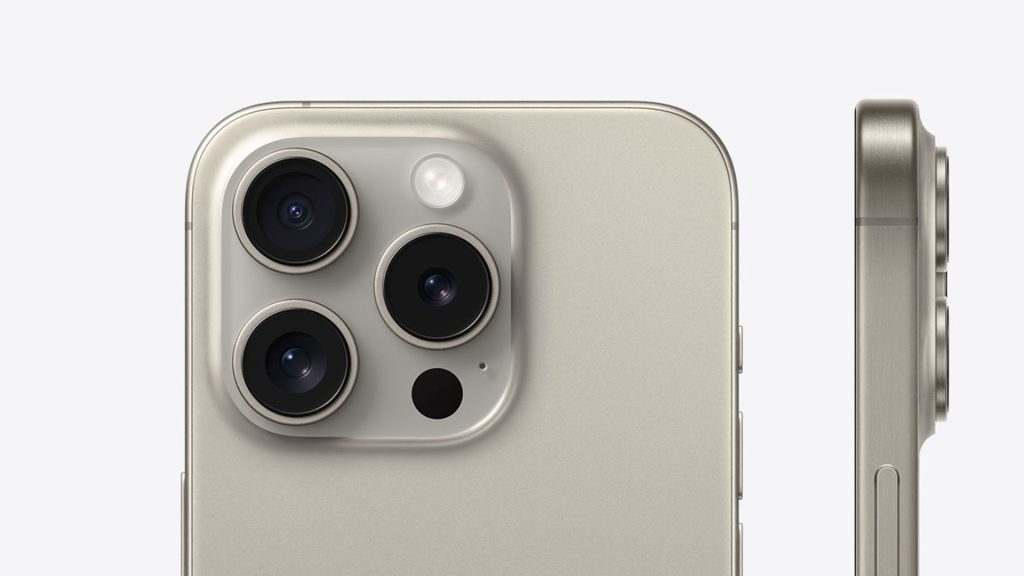Using the iPhone 15 Pro’s camera, Visual Intelligence activates with a long press of the Camera Control button—a sleek, capacitive shortcut introduced on these models. Point the lens at an object, and the feature kicks in, identifying what’s in view with remarkable speed. From recognizing dog breeds to decoding restaurant signs, it processes everything locally, thanks to the A17 Pro chip’s neural engine. No cloud upload needed, which means faster results and better privacy.
Once activated, Visual Intelligence overlays a clean interface with actionable options. Spot a flower? It’ll name the species and pull up care tips via a web search. See a storefront? It can fetch hours or reviews from Google. For text, it goes beyond basic OCR—think translating a foreign menu or copying a phone number directly into your contacts. MacRumors notes that Apple’s integration with ChatGPT and Google Search enhances its utility, blending on-device smarts with online depth when you opt in.
To try it, you’ll need an iPhone 15 Pro or Pro Max running the iOS 18.2 beta, available since early 2025. Open the Camera app, aim at your subject, and hold the Camera Control button (that slim strip below the power button). A subtle animation signals Visual Intelligence is live—tap the screen to lock focus if needed, then explore the results. It’s intuitive, built for quick use, and doesn’t bog down the experience with unnecessary steps.
The feature shines in its versatility. Point it at a book cover to snag a summary, or a product label to check ingredients. It even handles handwritten notes, pulling text into editable form. For iPhone 15 Pro users, it’s a seamless addition to the camera’s already robust toolkit, made possible by the device’s cutting-edge hardware.
Why It’s a Game-Changer
Visual Intelligence isn’t just a gimmick—it’s a practical tool rooted in real-world needs. Imagine walking past a historic landmark and instantly learning its story, or identifying a gadget in a store without fumbling for a manual. By processing data on-device, it’s faster than cloud-based rivals and keeps your snaps private. The A17 Pro’s power ensures it’s smooth, not a battery-draining slog, while the Camera Control button makes it second nature to trigger.
Apple’s take stands out from competitors like Google Lens, which leans heavily on server-side analysis. Here, the focus on local computation aligns with Apple’s privacy-first ethos—a big win for users wary of data leaks. Pairing it with optional ChatGPT or Google lookups adds flexibility without sacrificing that core promise. It’s innovation with purpose, not flash for flash’s sake.
What It Means for Users
For iPhone 15 Pro owners, Visual Intelligence turns the camera into a pocket guide. Casual users can ID plants on a hike or translate signs abroad, while pros might use it to catalog items or streamline workflows. It’s not about replacing your brain—it’s about cutting through the noise. A dog walker might confirm a breed before approaching, or a traveler could skip the phrasebook. Small wins, big impact.
The exclusivity to Pro models reflects the hardware demands—the A17 Pro’s neural grunt and the Camera Control button aren’t on lesser iPhones. That said, it’s a safe bet Apple will refine and expand this feature in future models, perhaps hitting the iPhone 16 lineup later in 2025. For now, it’s a perk that justifies the Pro’s premium price tag, especially for tech enthusiasts eager to push their devices.
Looking Ahead
As iOS 18.2 nears its public rollout—likely by mid-2025—Visual Intelligence could become a standout reason to upgrade. Its blend of AI and usability taps into a growing trend: phones as real-time problem-solvers. Whether you’re a curious explorer or just hate typing out addresses, this feature delivers. Expect Apple to polish it further, maybe adding AR overlays or deeper app tie-ins, but even in beta, it’s a glimpse of a smarter, more connected iPhone future.
